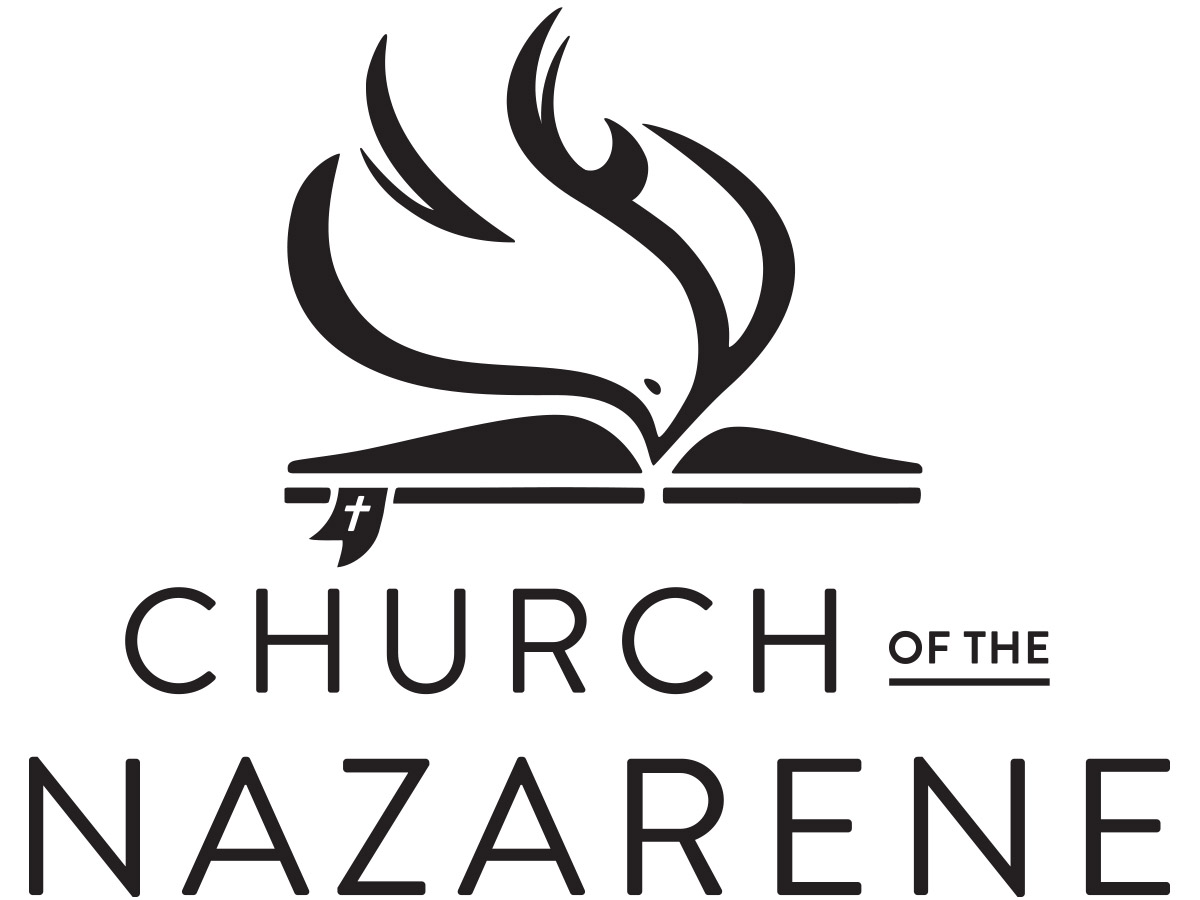The Nazarene Way

It was in the middle of my second term as regional director for the Eurasia Region when I was approached by a young European leader with the question, “Is there a Nazarene way?”
With all the evangelistic efforts around us, the question was pertinent. Is there one uniform way in which Nazarenes evangelize, plant churches, disciple, and have fellowship with one another? The immediate response, given the reality of our diverse Nazarene family who worships in thousands of churches in more than 159 world areas, was “No, there is no uniform way in which we celebrate.”
As I reviewed my quick answer, I realized that even though we are not a uniform denomination, we are a united global family. The reality is that in spite of our vast differences in geography, ethnicity, language, and in a myriad of other areas, there are many things that Nazarenes have in common. These commonalities of the connected Nazarene family are what define “the Nazarene way.”
The apostle Paul wrote to the Ephesians, a growing and vibrant congregation in the heart of the Gentile world of Asia Minor, to let them know that unity in the midst of diversity was one of the signs of maturity in the church. The first part of Ephesians 4 emphasizes the value of unity while the second part gives the church specific instructions on how to exemplify unity and maturity in the body of Christ.
Today the Church of the Nazarene is given the privilege of ministering to the entire world. One of the challenges we face is the need to maintain unity of the family in the midst of our diversity. How do we embrace and celebrate our rich diversity while strengthening our core identity in Christ? For several years the Board of General Superintendents (BGS) has collected strategic priorities from various churches, districts, fields, and regions around the world. In light of our denominational mission, these priorities have been developed in order to make Christlike disciples in the nations. They have helped the BGS identify some unique characteristics of Nazarenes worldwide.
First of all, “the Nazarene way” is framed by our Core Values. In spite of our differences, Nazarenes around the world celebrate that we are:
- A Christian Church
- A Holiness Church
- A Missional Church
This is who we are in America or in Argentina, in Brazil or in Bangladesh, in Swaziland or in Switzerland. These values reflect our faith, our doctrine, and our mission.
Second, regardless of the methods and actual strategies that Nazarenes use to fulfill our biblical mission, there are some unique characteristics that we have identified as part of the Nazarene DNA. We need to promote, model, and train our new believers in these marks of a Christian, holiness, and missional church.
At the 2013 General Assembly, the Board of General Superintendents unveiled the “Seven Strategic Priorities” for the church. As we later reviewed them with some grassroots leaders, we decided that perhaps they are better stated as the global characteristics of the Nazarene family for our generation:
- Meaningful Worship
- Theological Coherence
- Passionate Evangelism
- Intentional Discipleship
- Church Development
- Transformational Leadership
- Purposeful Compassion
While these descriptors do not take the place of our Statement of Mission or our Core Values, they describe what we believe should characterize every Church of the Nazarene and in large part should be reflected by Nazarenes everywhere. We urge church leaders to emphasize these characteristics as we go forward and to explore how they might become realities for the global church.
When I was a young convert in my native Guatemala, I joined a Bible study group at the university. The participants were believers from numerous evangelical denominations in the country. At one of our meetings I was asked the question, “How do you identify a Nazarene?” While I was able to describe our denomination based on our doctrine and mission, I also knew there were some unique peculiarities in the way Nazarenes express community life. There is, indeed, “a Nazarene way.”
Gustavo Crocker serves as general superintendent in the Church of the Nazarene.
Note: To learn more about these “Seven Characteristics,” see the March/April 2015 issue of Holiness Today called Nazarene Essentials: Who We Are, What We Believe. This document is available for free. To order copies for your church or community, email us at holinesstoday@nazarene.org.
Please note: All facts, figures, and titles were accurate to the best of our knowledge at the time of original publication but may have since changed.




